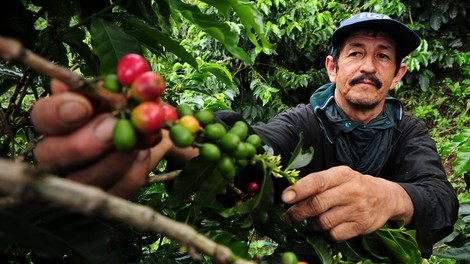Your podcast discovery platform
Curious minds select the most fascinating podcasts from around the world. Discover hand-piqd audio recommendations on your favorite topics.

piqer for: Climate and Environment Boom and bust Global finds
Didem Tali is an award-winning journalist covering international development, gender, displacement and environment issues for English-language media around the world.
Climate Change Might Ruin Your Cup Of Morning Coffee
Global warming could reduce coffee growing areas in Latin America — the world's largest coffee-producing region — by as much as 88 percent by 2050. It’s significantly higher than previous estimates suggested.
Pollinators such as bees play an important part in producing the coffee beans which are ultimately sold as coffee. However, climate change is threatening both pollinators and the areas where coffee can grow, according to a new study published in Proceedings of the National Academy of Sciences.
"We've known for a while that climate change is going to mess with agriculture in a lot of ways," says Taylor Ricketts, the director of the University of Vermont's Gund Institute for Environment.
According to the research, the areas expected to lose the most coffee growing land are in Nicaragua, Honduras, and Venezuela.
Adds Ricketts, "There is a whole lot more at stake here than, is my nice espresso in New York going to get more expensive? Climate change is going to threaten this primary livelihood for millions of people in vulnerable communities all over the world."
